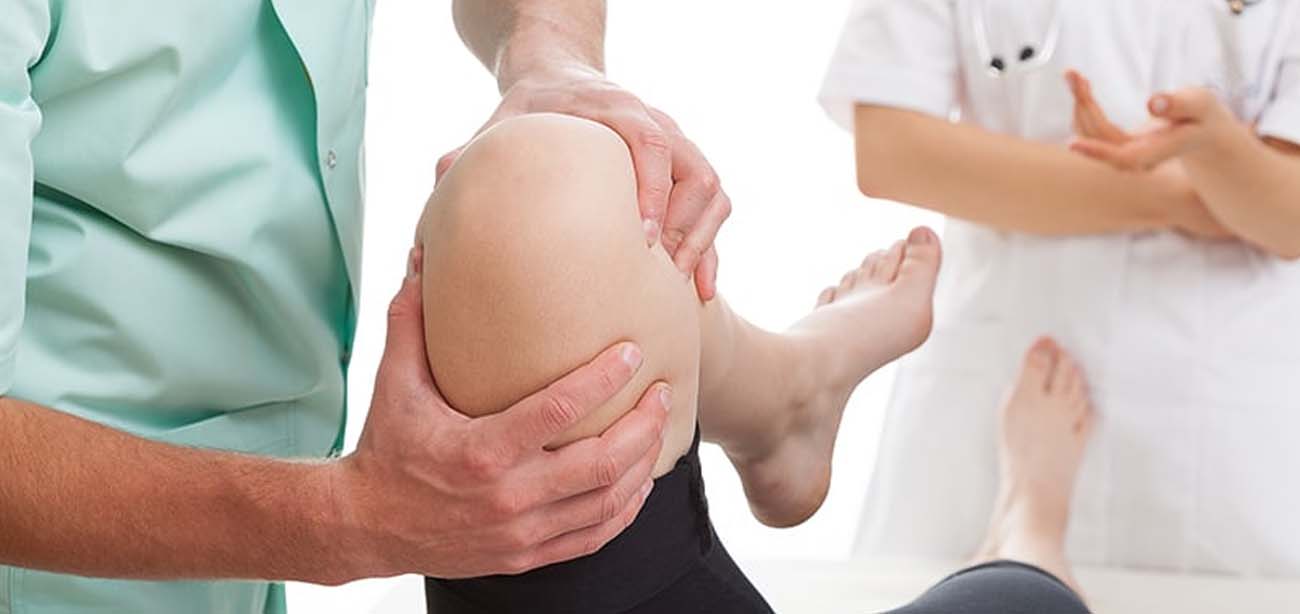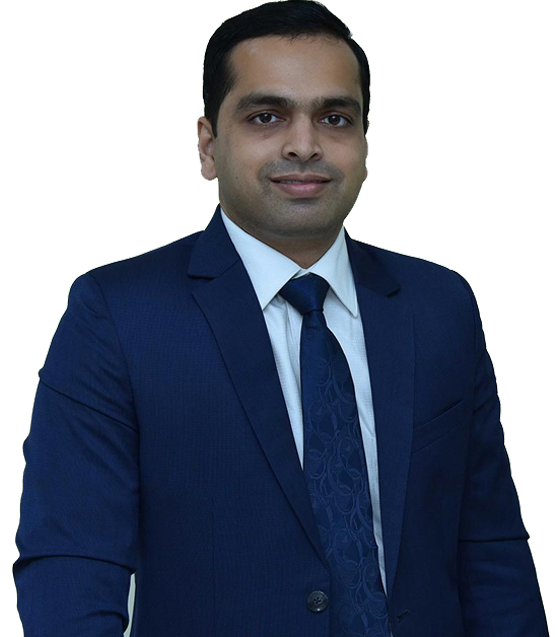
Common Orthopedic Problems in Adults
Orthopedic problems are often related to some type of stress, strain, or damage involving muscles, ligaments, and joints. Adults in particular can experience muscle-related discomfort due to age-related conditions, temporary inflammation, and corresponding medical conditions like diabetes and high blood pressure.
Arthritis
Affecting approximately 50 million Americans, arthritis can place pressure on joints and muscles from the resulting inflammation. Chronic in nature, arthritis is often affected by movement and can result in permanent tissue damage over time. Rheumatoid arthritis and osteoarthritis, the most common forms of arthritis, frequently affect the hips, knees, and lower back area.
Low Back Pain
One out of every ten people experience some degree of low back pain. Symptoms can range from mild to debilitating, with possible causes being just as broad. Since the cause of lower back pain can be difficult to pinpoint, process of elimination is usually necessary to fine-tune treatment options. Common sources of low back pain include age-related disc degeneration and conditions like spinal stenosis, a narrowing of the spinal canal that puts pressure on nerve roots.
Shoulder Pain
As with neck pain, shoulder pain can either be localized or radiate to nearby areas, often into the arms. Rotator cuff injuries result from damage to any of the four muscles that stabilize each shoulder joint. The large, bulky bursa muscles that support the shoulders can also be damaged by sharp blows or hard falls. The resulting inflammation is referred to as bursitis.
Neck Pain
Muscle tension in the cervical spine can result in corresponding neck and pain that can be further aggravated by wear and tear of discs and joints. Herniated cervical discs and injury to tendons and muscles can contribute to neck pain that may radiate to the back and shoulders. Whiplash resulting from sudden, sharp movement is a common neck injury requiring attention if pain lingers or becomes worse.
Soft-Tissue Injuries
Stress injuries, strains, and sprains are among the most common soft-tissue injuries experienced by adults. As long as there is no serious muscle damage, soft-tissue injuries typically respond well to conservative, non-surgical treatments such as the application of heat or ice and some initial rest or modification of regular activities.
These common orthopedic problems are diagnosed with a combination of image testing and an evaluation of your medical history. Treatments recommended by an orthopedic doctor can include physical therapy and the use of anti-inflammatory medications. Surgery is only considered if other treatments fail to provide relief.

Dr. Atul Patil
MBBS MS (Ortho) DNB MNAMS
Consultant Orthopaedic
Spine & Joint Replacement Surgeon
View Full Profile Call For Appointment
Call For Appointment